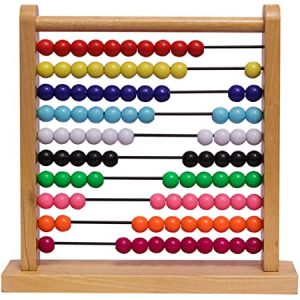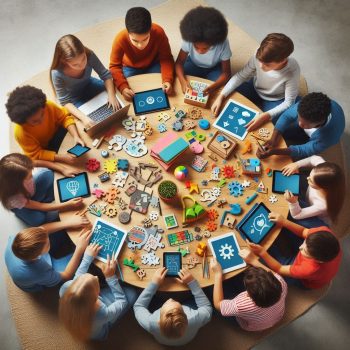Learning devices have gradually evolved since education came into existence. The devices did not just start where they are today. Before the devices were invented, the education sector faced many challenges in things such as counting. The first counting device was the abacus. More inventions continue to be made, and that led to the development of calculators and computers using software just like this one from Advantage Orientation. Below is the history of how education devices have evolved.
Why Does an Abacus Exist?
Counting without numbers was a challenging and tiresome task. That is was led to the development of the abacus to help ease the task and implemented in private tutor jobs since then. Before the device came into existence, people only counted using their hands and fingers, which is very slow. Using a hand for counting was very limited, and could only count things up to ten.
Counting large numbers beyond ten was very hard. Toes were also used to measure in tropical cultures. As the need to count large numbers increased, more devices such as seashells and twigs. In today’s world, through technology, a dividend calculator was invented. Trade came into existence even before education. Traders were struggling to count their items. They needed a better way to count the number of goods bought and sold.
That led to the invention of various portable devices for tallying. One of the devices invented to help count large numbers was the abacus. Later on, the Hindu-Arabic number system came into use which was adapted use place values. The devices later own evolved into electronic calculators.
What Is the Difference Between a Counting Board and an Abacus?
The early abacus was called a counting board, and it is necessary to distinguish them from the modern abaci. A counting board is a piece of wood or metal with carved grooves between which beads and pebbles are moved. On the other hand, the abacus is a device made of wood and has a frame that holds rods with freely sliding beads mounted on them.
The two devices are both mechanically aided and are both used for counting. When using the abacus, it would help if you did the counting in your head and only used the abacus as a physical aid to help keep track of the sum.
What Did the First Counting Board Look Like?
Most of the old counting boards are not available today because they were constructed with highly perishable materials. The simple one involved drawing lines in the sand with fingers and outing pebbles between these lines as space holders representing numbers. The only advantage that these counting boards have is that they can be moved without interfering with calculation.
There was a need for more portable devices, which led to the creation of wooden boards with grooved carves, and wooden markers were used to place holders.
History of Computers
Computers were not born for entertainment but to solve the numbering crisis. During that time, the population of the US had grown too large numbers and counting it became challenging, and tabulating it took more than seven years. The government wanted a faster way of doing that job. That led to the development of punched-card-based computers that were very big and could occupy a whole room. Since then, computers have evolved until today; we can carry out calculations on our smartphones. The computers available today can play games and also stream multimedia.
Computers were being used in the 16th century by someone who could do calculations. Women were being hired as human computers to carry out all forms of calculations. In the 19th century, the word computer was used to describe machines that did calculations. Today, the word is generally used to describe programmable digital devices that run on electricity.
Since humans evolved, several devices have been used to perform calculations for thousands of years. Charles Babbage, the father of computers, then began to develop what would be the first mechanical computers. Later on, in 1833, he designed an analytical engine which was a general-purpose computer. It contained some basic flow chart principles and also used the concept of integrated memory.
After more than a century, the first electronic computer was developed for general purpose. With time, the technology advanced, and the computers got smaller with faster processing speed. The first laptop was introduced in 1981. When referring to the generation of computers, currently we are in the fifth generation. The advancement of computers has not stopped but continues.
